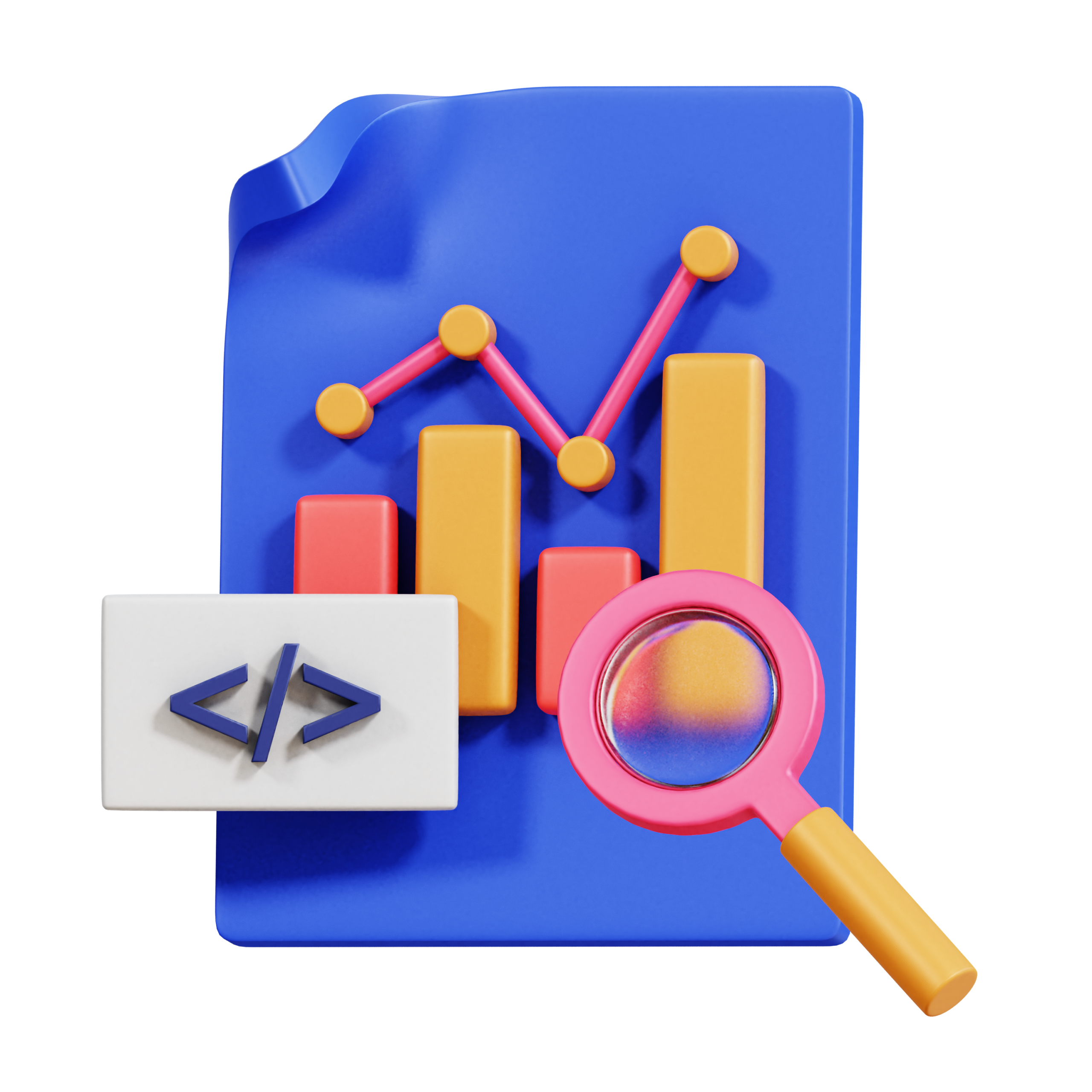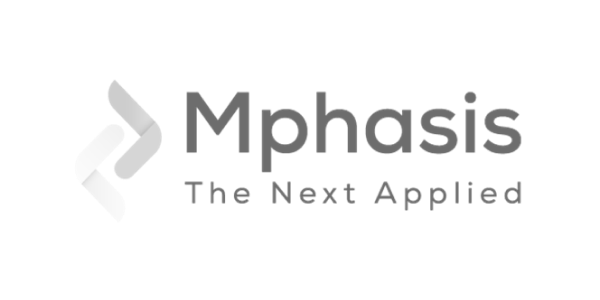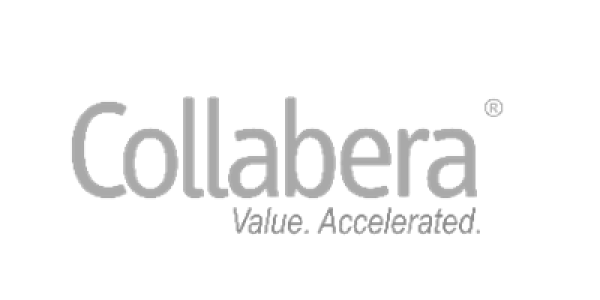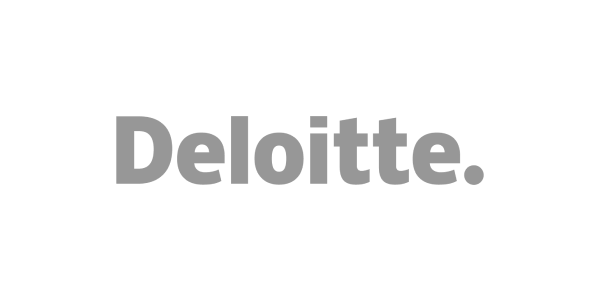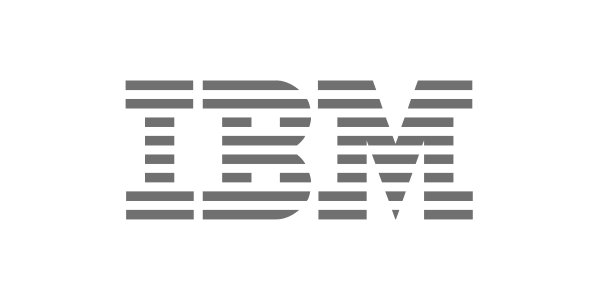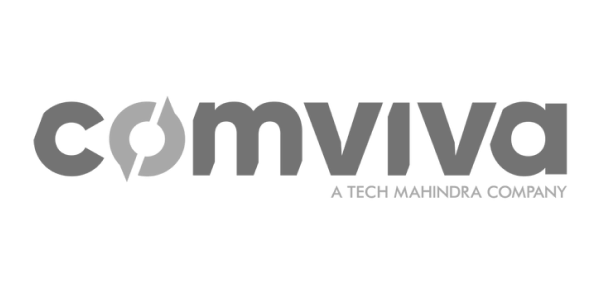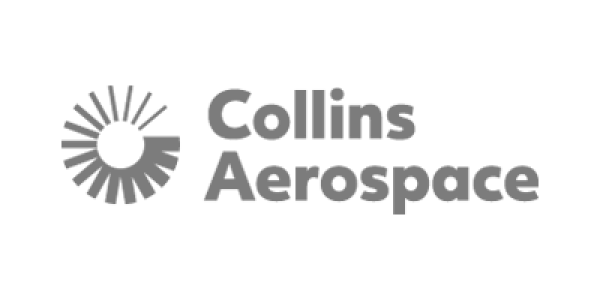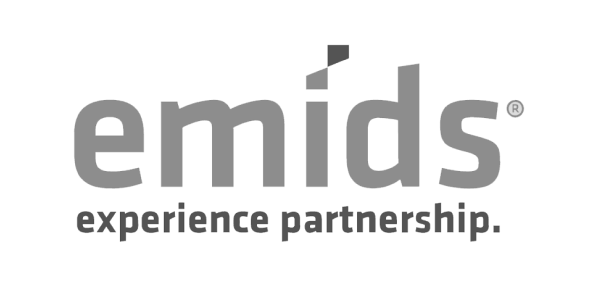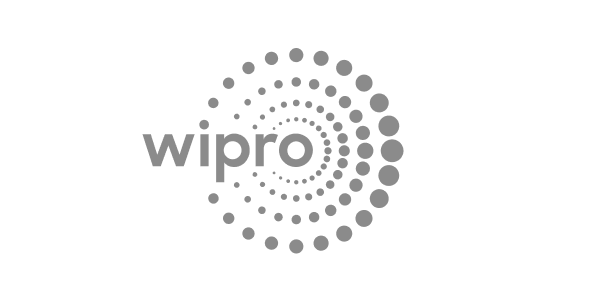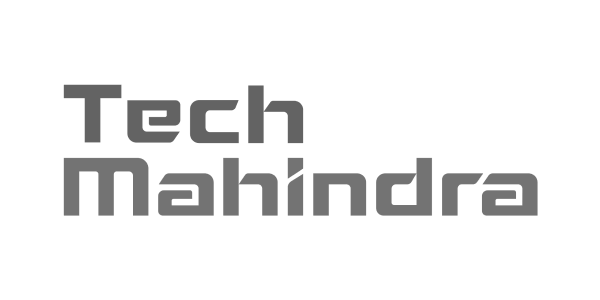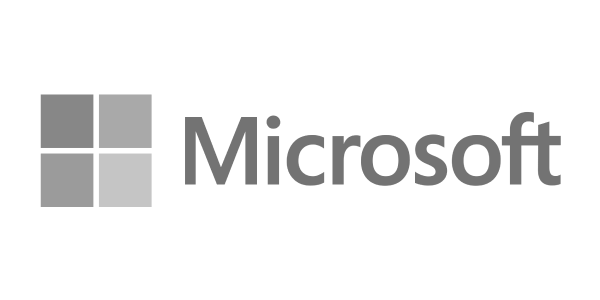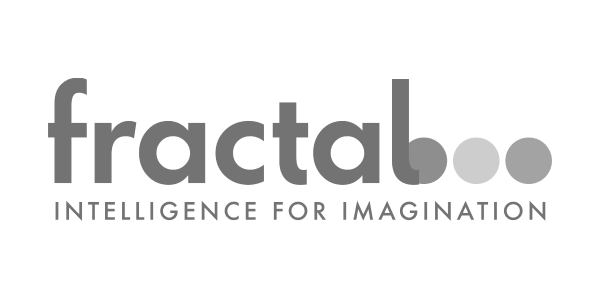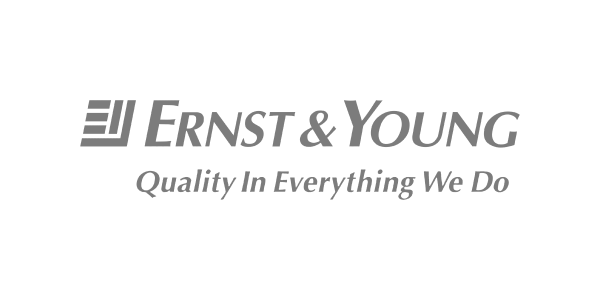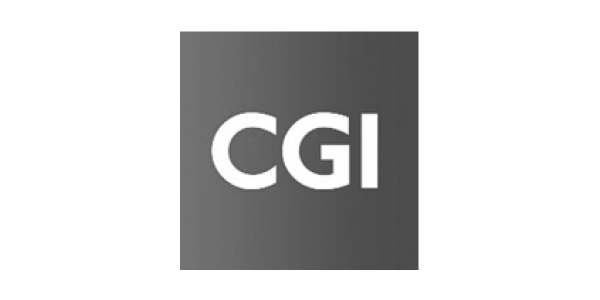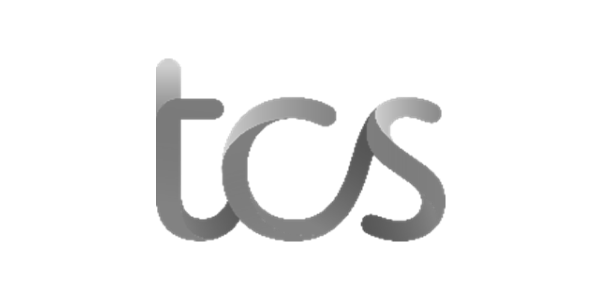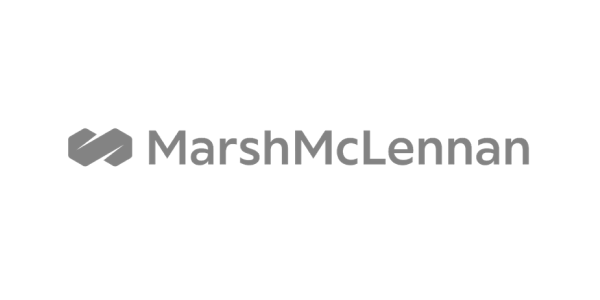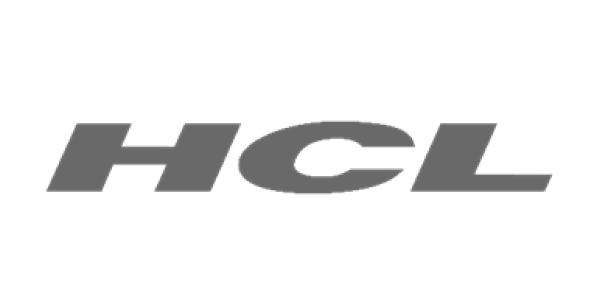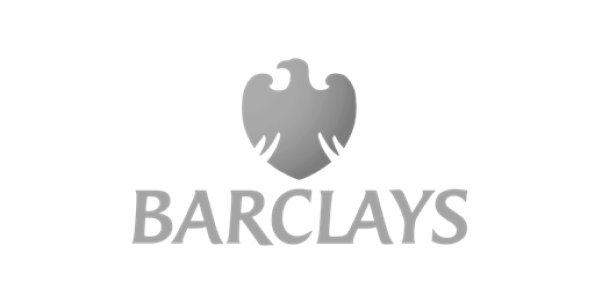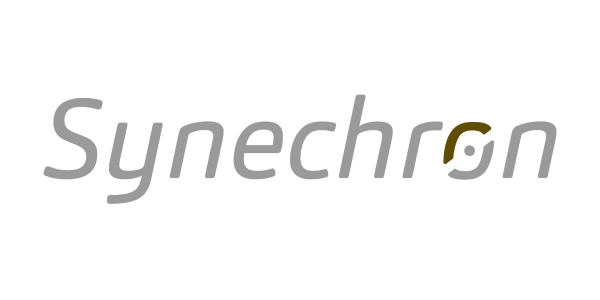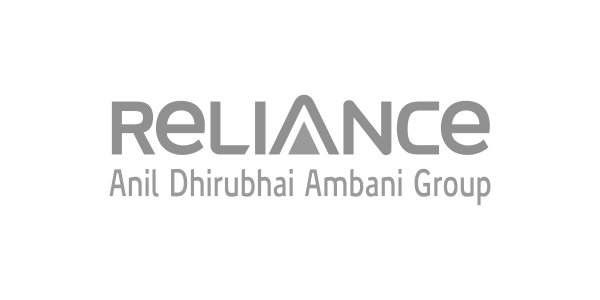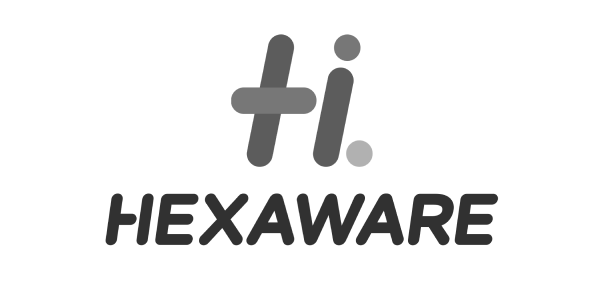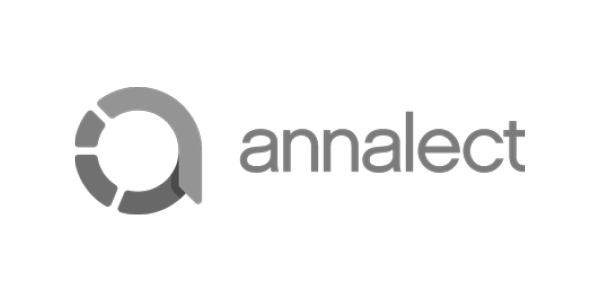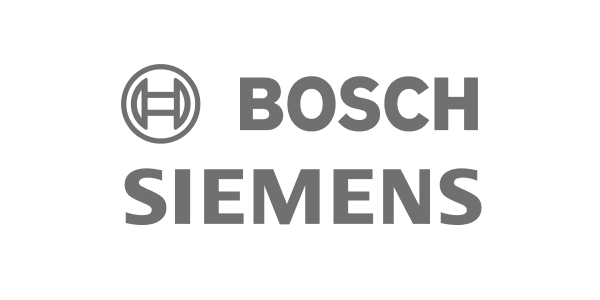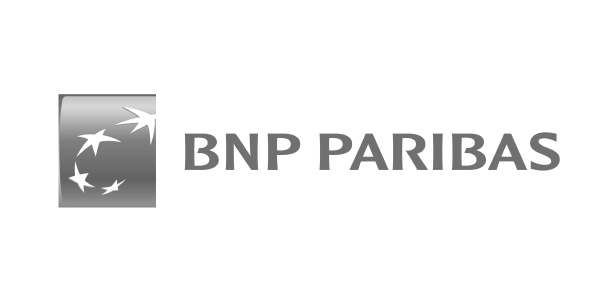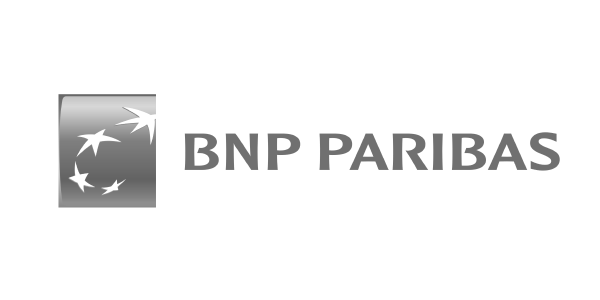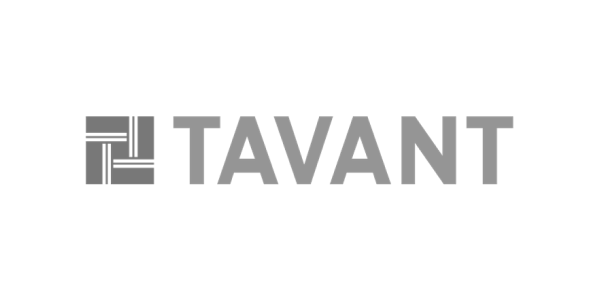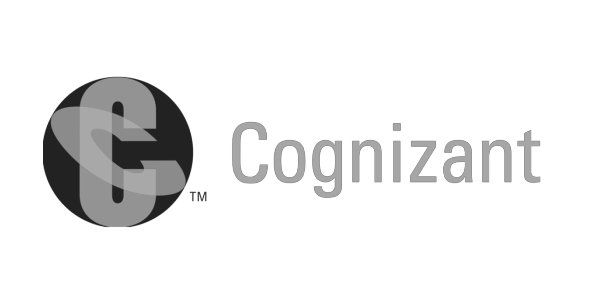Overview:
Our advanced statistical analysis course is specially designed for individuals who want to learn in-depth about data-driven analytics. The introduction chapters start with keu statistical concepts, and then the course progresses through probability, descriptive statistics, and inferential statistics. The statistics and data analysis course then also provides a detailed overview of regression analysis hypothesis testing, and advanced analytical methods.
Study statistics for data science by delving into exploratory data analysis, predictive analytics, and visual representation. By the end of this course, you will be able to apply statistical and analytical methods to solve real-world data problems. The course also equips professionals with advanced skills that help them achieve their dreams.
What You'll Learn
- Foundations of Descriptive Statistics: Understand how to summarize and describe essential features of data.
- Probability Theories and Their Applications: Explore fundamental probability concepts and how they apply to real-world data analysis.
- The Role of Big Data in Modern Analytics: Gain insights into what constitutes Big Data and its impact on analytics.
- Inferential Statistics for Decision Making: Learn to make predictions and inferences from data samples.
- Understanding Mean, Median, and Mode: Dive deeper into these measures of central tendency and when to use each.
- Exploring Measures of Spread: Understand variability in data using concepts like range, variance, and standard deviation.
- The Importance of Distribution Shapes: Learn about different distribution types and their implications in data interpretation.
- Effective Data Visualization Techniques: Master the art of presenting data visually to communicate information clearly and efficiently.
